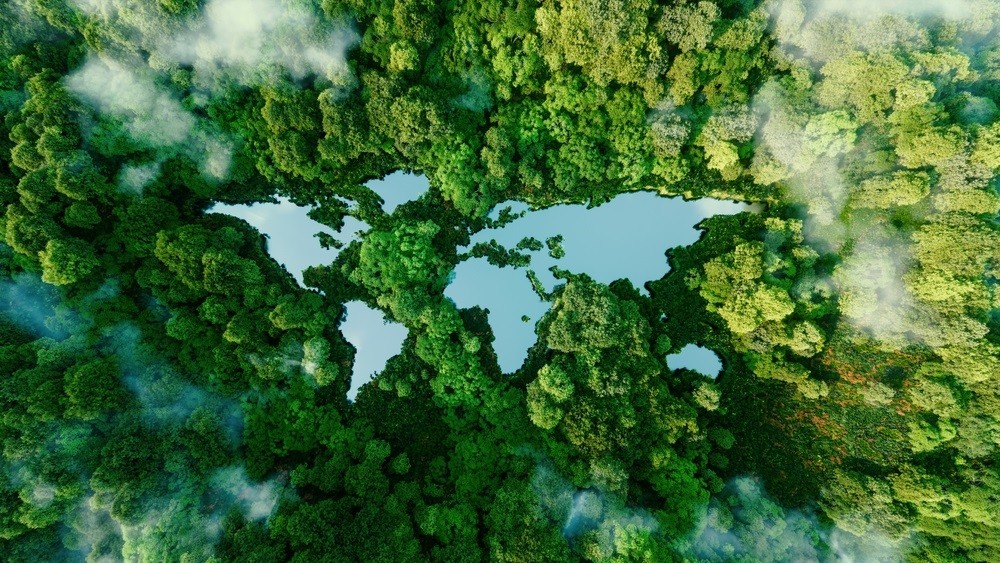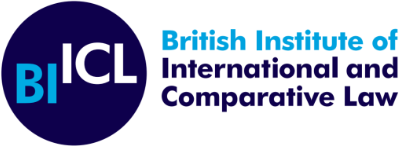
2. Procedures and Evidence
A. Actors Involved
3. RELEVANT DEFINITIONS AND ESSENTIAL ELEMENTS
Similar to any other contentious cases before courts, actors in climate change litigation are claimant(s)/plaintiff(s) against the defendant(s)/respondent(s) and potentially third-party intervenors who are likely affected by the legal claim brought before the court. Claimant(s) are those who bring cases before courts in case of violation of their rights. Thus, a procedural prerequisite for a person or a group who wishes to bring a legal claim for such a violation is the ability to show they are entitled to bring a claim and seek legal remedies against the entities causing the violation. This entitlement is called 'standing' (see section on Standing). In most of the 17 focus countries, cases related to environmental protection or climate change, individuals and/or groups can bring such cases in the public's interest. Such 'public interest litigation' is used widely in India, China, Nigeria, Kenya, Australia, Canada, and Poland. Thus, the nature of litigation also determines the standing of the groups or individuals bringing such claims.
Oxford reference defines a claimant as a person applying for relief against another person in an action, suit, petition, or any other form of court proceeding. A claim is usually made to recover the injuries from the entity that has caused them. As per the ICLR,[1] in common law jurisdictions, a plaintiff/claimant is a person who brings a civil suit against the entity responsible for causing injury or harm. In climate cases, a claimant could be 'individuals, specifically identified, who have suffered personal injury, property loss or bereavement due to scientifically attributable slow onset or extreme weather events .' Similarly, a defendant is an entity against whom a criminal prosecution or a civil legal claim has been brought. In climate cases, defendants for 'attribution' claims are typically carbon majors,[2] as well as regulatory bodies and governments whose acts or omissions contribute or woefully fail to mitigate adverse climate impacts or meet ambitious climate goals. In addition, there have been discussions on the 'viability of bringing claims against large emitters of methane, or other short-lived climate pollutants (SLPs)' since these gases, irrespective of existing short-term, are more potent.[3] With respect to third-party intervenors, the Public Law Project's practical guide states: third party interventions are a method by which a person or organisation not otherwise involved in the litigation may submit specialist information or expertise to the court'.[4]
In climate and environmental cases, such interventions are often brought by regulatory bodies, experts acting as amicus curiae, entities that are also impacted by legal claims, and governments and corporations.
Typically, NGOs and non-affected individuals and groups bringing public interest cases need to demonstrate how environmental or climate harm would impact them or those they represent. In all 17 focus countries, with the exception of Kenya (where the claimant is not required to show direct harm, loss, or injury - see country summary), claimants need to provide substantial evidence to support their claims. This often involves producing evidence of complex scientific and technical data to demonstrate how the defendants' actions or omissions adversely impact climate change (see sections on Procedure and Evidence). Actor/claimants will need to carefully consider at the outset a number of essential elements, including legal standing, evidence and procedure, strategic points, and whether costs and remedies are proportionate, among others.
[1] Incorporated Council of Law Reporting for England and Wales (ICLR) publishes The Weekly Law Reports and official Law Reports.
[2] M-Ph Weller and M-L Tran, 'Climate Litigation against companies' (2022) 1 Climate Action 2; see also M Rodi and M Kalis, 'Klimaklagenals Instrument des Klimaschutzes' (2022) 1 KlimR 5, 5.
[3] See 'Proceedings of the Climate Science and Law Forum' Mishcon De Reya, 2023.
[4] Practical Guide to Third-party Interventions, Public Law Project, 2008 at. Pp.3.
[5] Litigation has been categorised into 'strategic' and 'non-strategic' cases. Strategic cases, often brought by NGOs, activist groups, and concerned individuals, aim to achieve broader outcomes such as advancing climate policies and driving behavioural changes in corporations and regulatory bodies. However, it is important to note that this distinction between strategic and non-strategic litigation is potentially limiting (see Australian National Report for further details).
